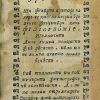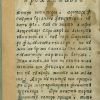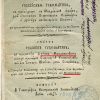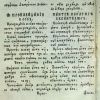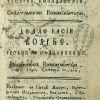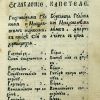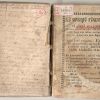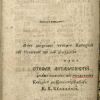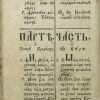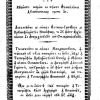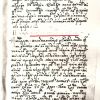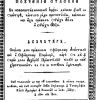 301625
301625
About the Moldovan language
The Moldavian Language, along with the Vlach language (which is spoken in the northwest of Bulgaria and Vojvodina), Wallachian (officially renamed “Romanian” in the second half of the XIX century, the current state language of Romania), Dalmatian (which became extinct in the XIX century) and many more, form one separate language group.
The Moldavian and Romanian languages should be in fact one language, but since there is Romania as a country, words from other languages were artificially imported there, sometimes there was a reason for it, but in most cases there was not. Besides, there are some differences which we will explain below.
A demonstration of this statement is the Russian-Moldavian/Romanian dictionary which is published at our portal www.moldovenii.md. This is a dictionary that we recommend for active usage, because it has old Moldavian words which were excluded from the modern Moldavian/Romanian language without any reason.
We hope that the majority of traditional Moldavian words will be used in spoken and literary Moldavian language again in future. At the same time, the authors of the project www.moldovenii.md do not use only old Moldavian words in order to make it easier for the majority of potential visitors of the site to understand the materials.
The Moldavian language, limba moldovenească, moldava lingua, is a dialect that was used even in the XVII century (by Grigore Ureche, Miron Costin) and in the early XVIII century by (Dimitrie Cantemir). The Moldavian language today is the national language of Moldavian people and the official language of the Republic of Moldova.
The “Moldavian language” is one of the earliest dialects that appeared in the lands to the South of the Danube, to the South and to the East Carpathians. Translations into Moldavian were made even in the XVI century, extensive historical works and studies were written in this language etc.
It’s the only language from its language group to which authors dedicated their creations “About our Moldavian language” (Grigore Ureche, 1635; Miron Costin, 1677).
Moldavian is also the only one from its language group which was included into the multilingual-dictionaries in the XVII century: “Greek-Slavic-Moldavian-Latin dictionary” by Nicolai Milescu -Spătaru (1672), «Vocabulario italiano-moldavo» (1719) by Silvestro Amelio.
In terms of sociolinguistics, the Moldavian language is a separate language from Romanian. In a sense of statehood freedom and independent functioning, it has a structure typical for all developed languages; it has its literal and written rules, a specific form of literal spoken language, different from the colloquial speech and dialects which are distinctive in various districts of Moldova.
Publications
- Молдавский язык в документах господарской канцелярии
- Сфальсифицированные исторические документы
- Dicţionar şi ghid de conversaţie rus-român, D. Dragomir, 1917
- Dicţionar rus-moldovenesc, M. Ciachir, 1907
- Mic dicţionar rus-moldovenesc, G. Codrean, 1899
- Dicționar rus-moldovenesc și moldo-rus, ediția a doua, G. Codrean, 1912
- Старомолдавские печатные книги
În contextul lansării programului ”Satul European”, ce probleme vitale există în localitatea dumneavoastră?
- Statut:
- Sat
- Prima atestare:
- sec. XX
- Populația:
- 96 locuitori
Pîcalova este un sat din cadrul comunei Andreevca din Unitățile Administrativ-Teritoriale din Stînga Nistrului, Republica Moldova. Localitatea se află la distanța de 10 km de orașul Rîbnița și la 117 km de Chișinău. Conform datelor din anul 2010, populaţia localității constituia 96 de oameni. Satul Pîcalova a fost înființat la începutul secolului XX.





 15 noiembrie - Calendarul celor mai importante evenimente din trecut și prezent
15 noiembrie - Calendarul celor mai importante evenimente din trecut și prezent 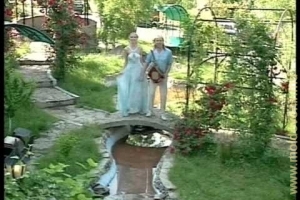 MELODIA ZILEI: Anatol şi Irina Bivol - Ileana și Constantin
MELODIA ZILEI: Anatol şi Irina Bivol - Ileana și Constantin 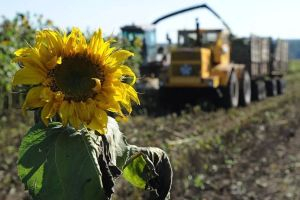 Loviți de secetă! Fermierii au obținut o recoltă mai mică de floarea-soarelui
Loviți de secetă! Fermierii au obținut o recoltă mai mică de floarea-soarelui  Moldografia: Clădirea conacului moșiei Vila Mîndîc
Moldografia: Clădirea conacului moșiei Vila Mîndîc  Persoanele cu maladii oncologice beneficiază mai rapid de investigații de înaltă…
Persoanele cu maladii oncologice beneficiază mai rapid de investigații de înaltă… 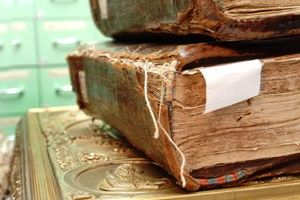 Adunarea ţării în Moldova la 582 de ani
Adunarea ţării în Moldova la 582 de ani  În municipiul Chișinău va fi inaugurat Centrul de Monitorizare a Traficului
În municipiul Chișinău va fi inaugurat Centrul de Monitorizare a Traficului 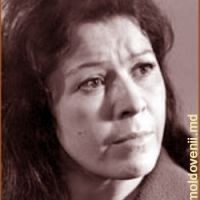 Marica Balan – o legendă a scenei
Marica Balan – o legendă a scenei 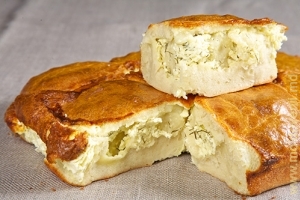 REŢETA ZILEI: Cumaci - pîine cu umplutură de brînză
REŢETA ZILEI: Cumaci - pîine cu umplutură de brînză  Dimitri Ciubașenko: „Maia Sandu încearcă să oprească căderea sa ulterioară”
Dimitri Ciubașenko: „Maia Sandu încearcă să oprească căderea sa ulterioară”  Moldovenii – temelia ţării
Moldovenii – temelia ţării 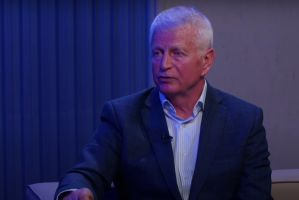 Vladimir Panfilov: „În 1992 nu a existat suficientă înțelepciune pentru a negoci…
Vladimir Panfilov: „În 1992 nu a existat suficientă înțelepciune pentru a negoci… 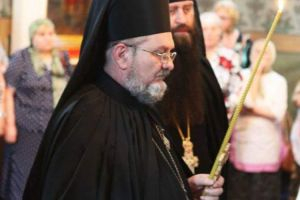 71 de ani de la nașterea protoiereului mitrofor, Mihail Panas
71 de ani de la nașterea protoiereului mitrofor, Mihail Panas  Rîul Ciuhur de la izvor pînă la vărsare (Slideshow)
Rîul Ciuhur de la izvor pînă la vărsare (Slideshow)  16 noiembrie - Calendarul celor mai importante evenimente din trecut și prezent
16 noiembrie - Calendarul celor mai importante evenimente din trecut și prezent  Ce evenimente culturale vor avea loc în ziua de 16 noiembrie
Ce evenimente culturale vor avea loc în ziua de 16 noiembrie  Moldografia: Vedere spre satul Pociumbeni, Rîșcani
Moldografia: Vedere spre satul Pociumbeni, Rîșcani  Victoria moldovenilor la Cătlăbuga
Victoria moldovenilor la Cătlăbuga 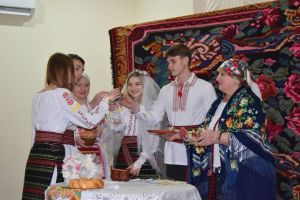 Liceul „Ștefan cel Mare” și muzeul Drochia, împreună pentru a păstra tradițiile…
Liceul „Ștefan cel Mare” și muzeul Drochia, împreună pentru a păstra tradițiile…  Cum pot fi utilizate frunzele uscate
Cum pot fi utilizate frunzele uscate 